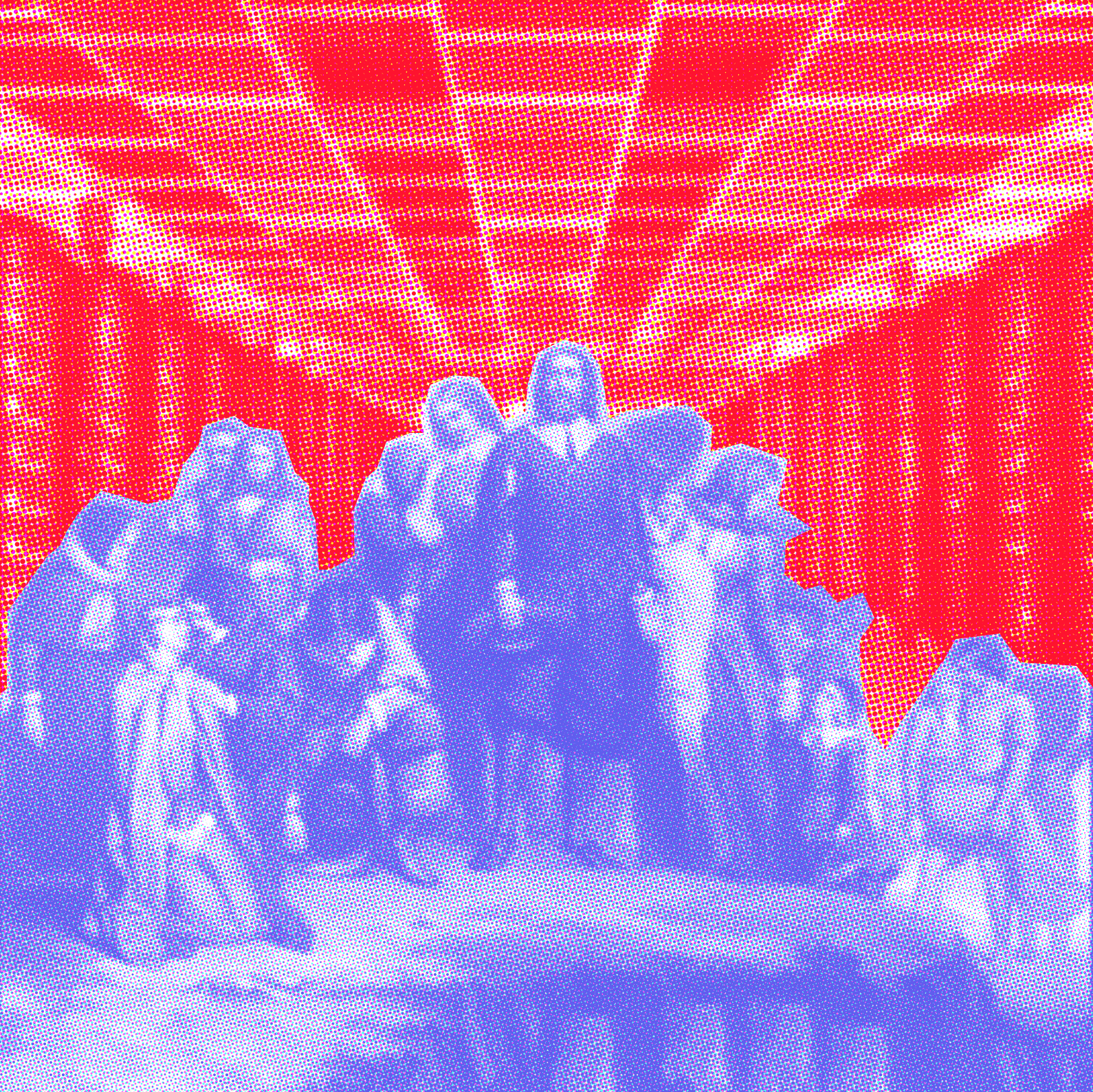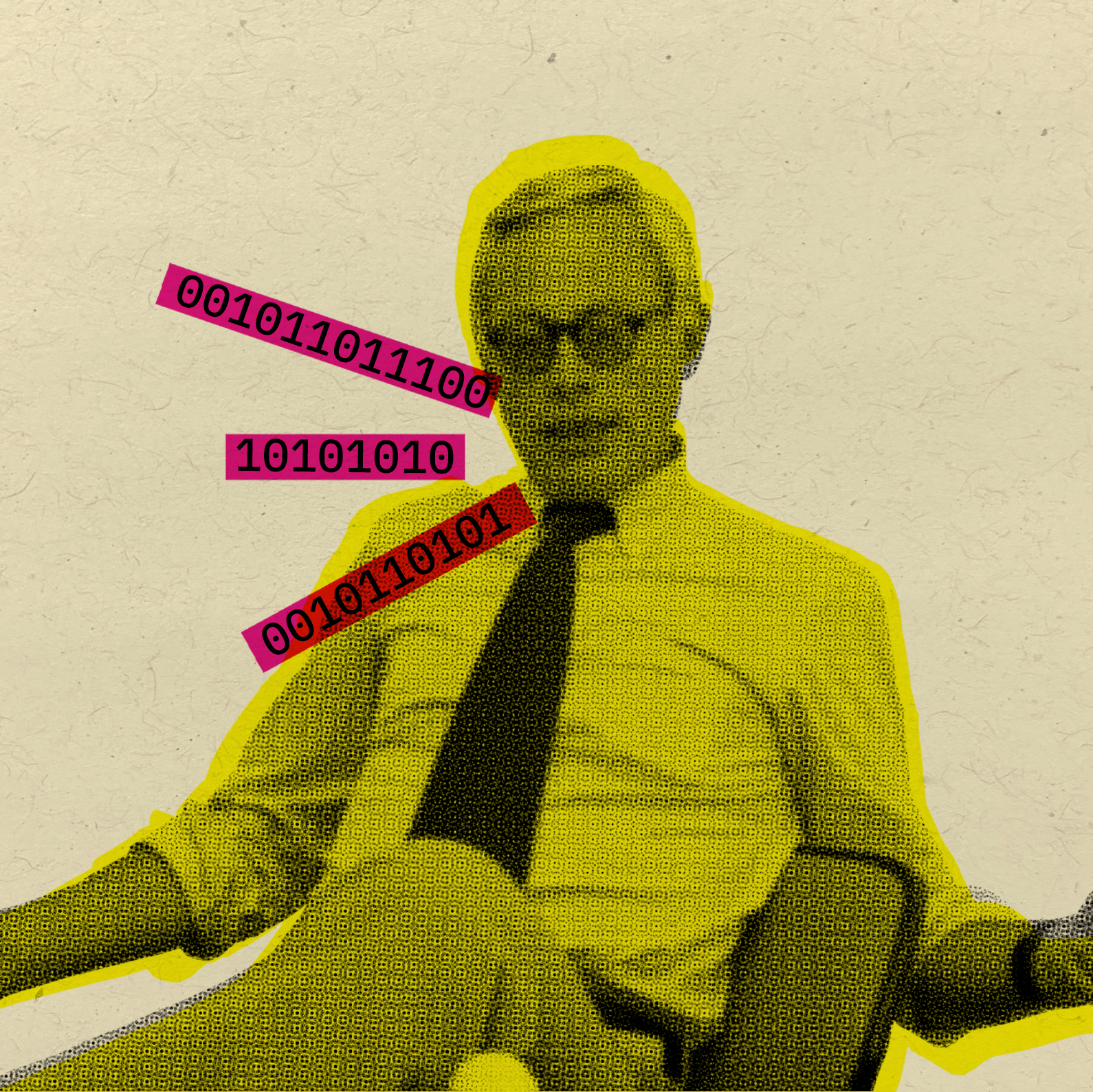

After the start of the fall semester, the schools reminded all students that they had a duty to declare the use of AI in their projects, and could only rely on such tools in a limited fashion. More than that, AI-generated art cannot receive copyrights under U.S. law 1 Brittain, B. (2023, August 21). AI-generated art cannot receive copyrights, US Court says. Reuters. https://www.reuters.com/legal/ai-generated-art-cannot-receive-copyrights-us-court-says-2023-08-21/ , which means creators are not able to claim ownership of AI work. Students were undeterred, because the promulgation of the policy made everyone more aware of the impact of AI tools, and led to more discussions. In the campus environment, a great deal of courses, creative works, and experiments have begun to cooperate with Machine Learning (ML) models and Artificial Intelligence. Shirley Leung, a creative technologist and interdisciplinary designer who focuses on exploring social constructs through experiential design and alternative forms of storytelling, teaches Materiality of Machine Learning at The New School 2 https://courses.newschool.edu/courses/PSAM5600/15898/ , She encourages the exploration of various platforms with AI products, such as OpenAI, Midjourney. These AI tools serve text-to-text, text-to-image, and image-to-video functions, which arguably shift the creator’s main focus from handcrafting to ideation. At the same time, the inability to see the process of creation when using ML models has made the creative process somewhat of a black box. Because generating content happens at the click of a button, giving the process an easy and magical feel.


When AI becomes mundane
There are two questions that pop up in my mind: When does AI become mundane? and What would happen when AI becomes mundane. In every click, people often overlook the fact that each action in the digital network has a tangible impact on real life. I am intrigued by how each click on the Internet intricately molds our physical environment. Edwards’ emphasis on distributed forces within infrastructure prompts a nuanced understanding of the intricate power dynamics inherent in technological systems. Latour’s examination of seemingly mundane artifacts expands this understanding, highlighting the societal implications woven into everyday technologies. Additionally, Crawford’s insightful perspective in 'The Atlas of AI' guides us to contemplate the material and physical infrastructure essential for training machine learning models, encouraging reflection on the tangible resources and infrastructural demands embedded in AI development. Collectively, these perspectives provide a comprehensive lens through which we can better contextualize the impact when AI becomes an everyday necessity, akin to water, electricity, and gas. To delve into the practical aspects, I will use the hardware requirements, cost, and time needed for personal training of models on Google Colab as a reference. This will help explain the relationship between this technology and the public.
Where is the AI?
In order to evaluate the relationship between AI, physical infrastructure, and the public, we must first define what an AI infrastructure is. The truth is it’s almost impossible to simply describe the relationship between Artificial Intelligence and physical infrastructures. In 1996-97, the U.S. President’s Commission on Critical Infrastructure Protection (PCCIP) chose transportation, water supply, government services, electrical power, information, communication, etc, as fundamental to its own definition of infrastructure 3 Edwards, Paul N.. Infrastructure and Modernity: Force, Time, and Social Organization in the History of Sociotechnical Systems. (2001): 3. . Where does AI fit in this framework? The answer is everywhere. As Crawford described “AI is born from salt lakes in Bolivia and mines in Congo, constructed from crowd worker-labeled datasets that seek to classify human actions, emotions, and identities.” 4 Crawford, K. (2022). Atlas of AI: Power, politics, and the planetary costs of Artificial Intelligence: 33 Yale University Press. We can no longer regard Machine Learning as a single new tool exclusive to one region or country under globalization. The emergence of Artificial Intelligence is inevitable from a macro perspective of the history of classical computation and telecommunication development. Having shown that AI exists for versatile applications on a global scale the way infrastructure does, we will now see how they also share the same initial element: force.
Who built the AI?
When we think of AI, do we think of Alan Turing, Sam Altman, or Elon
Musk? Countless workers are engaged in the laborious task of labeling
for fine-tuning models. In Edwards’ framework, he considers
infrastructures on different scales of force, time, and social
organization, in the force sector, represents the powers of the human
body(at the low end) to geophysical(exploration of coal, oil, gas, and
geothermal energy resources)
5
Edwards, Paul N.
"Infrastructure and modernity: Force, time, and social
organization in the history of sociotechnical systems."
Modernity and technology 1 (2003): 185-226.
. It is easy to think of digital services and AI models as freeing
humans from physical labor. In reality, the opposite is true.
Artificial Intelligence is only made possible by a large workforce
working literally from the ground up, through mining, transportation,
engineering, and other operations. The vastness and freedom of the
digital space are an illusion. Each computing unit occupies a volume
in real life. The more we evolve into modernized societies, the more
we forget the relationship between built infrastructures, human labor,
and natural resources. Therefore, with the scale of “force” to frame,
we can dive deeper into the practical aspects like logistics and water
usage.
The status of logistics is closely linked to the technology industry.
In recent years, shipping vessels produced 3.1 percent of yearly
global carbon dioxide emissions, more than the total produced by
Germany
6
If shipping were a country,
it would be the world’s sixth-biggest greenhouse gas emitter.
World Economic Forum. (n.d.).
https://www.weforum.org/agenda/2018/04/if-shipping-were-a-country-it-would-be-the-world-s-sixth-biggest-greenhouse-gas-emitter
. In 2017, the capacity of container ships in the seaborne trade
reached nearly 250 million deadweight tons of cargo because it is a
cheaper solution for monitoring the vascular system of the global
factory
7
Crawford, K. (2022). Atlas of
AI: Power, politics, and the planetary costs of Artificial
Intelligence: 47 Yale University Press.
. By observing this data, we can see that the demand for the
infrastructure needed to build these AI services is continually
increasing. However, this demand is often overlooked, as these
facilities are typically constructed in suburban or uninhabited areas.
This system blurs the boundaries between physical and environmental
costs and digital services of AI infrastructure. Although it is
difficult to quantify how many resources are required to complete each
click online, what we can see is that as artificial intelligence
becomes more popular, our demand for logistical services will also
increase. The same situation can also be seen in the story of water.
“Water tells another story of computation’s true cost. The history of water use in the United States is full of battles and secret deals.”
8 Crawford, K. (2022). Atlas of AI: Power, politics, and the planetary costs of Artificial Intelligence: 44 Yale University Press.
Cooling systems play a significant role in the computing process. Data centers usually need tons of water to cool them down, which is part of the reason why these facilities are built in rural areas. Therefore, gaining access to the usage data of water means one could map the web weaving together tech giants, economics, and politics. Disappointedly, and unfortunately, unsurprisingly, the National Security Agency (NSA) refused to share their data, claiming it was a matter of national security 9 Crawford, K. (2022). Atlas of AI: Power, politics, and the planetary costs of Artificial Intelligence: 45 Yale University Press. .
Sitting back in front of my laptop
In light of these challenges, I personally decided to take a step back
and embark on creating my own model. By attempting to calculate and
understand the intricate forces at play in AI development, I aim to
contribute to the broader conversation about the often unnoticed
elements that shape the AI landscape. This hands-on approach aligns
with Latour’s call to consider the various components, including
sourcing materials and labor, as integral to comprehending the full
scope of AI's existence.
I utilized Scotch-and-Soda, a Video Shadow Detection framework
developed by Lihao Liu. Regarding the need for computing power, my
option is to rent a graphics processing unit (GPU) on Google Colab.
The subscription fee for advanced GPU instances with 100 computing
units is $100 per month, and if you exceed 100 units, additional units
must be purchased. Regardless of the model being trained, using the
A100 GPU consumes 13.08 units per hour, resulting in an average cost
of $1.35 per hour. It raises the question: what tasks justify these
expenses? How much is allocated to maintaining and building data
centers, and how much goes to the cooling system? These costs do not
account for the time spent manually labeling images by laborers yet.


Conclusion
Back in her New School classroom on a Wednesday night, Professor Leung
enthusiastically introduced commonly used AI models and platforms. She
mentioned that before 2019, people didn’t even know the capabilities
of artificial neural networks. When AlphaGo
10
BBC. (2017, May 25). Google
AI defeats human go champion. BBC News.
https://www.bbc.com/news/technology-40042581
beat the professional Go player, Fan Hui, in 2015, the public started
noticing the potential of machine learning. Then OpenAI launched their
product ChatGPT (Generative Pre-trained Transformer) in 2020, and the
rest is history. Interestingly, this happened during the lockdown
period. Every Internet user around the world wanted to see what this
AI chatbot could do. Since then, panicked reports on the matter also
appeared in rapid succession, with one former Google software
engineer, Blake Lemoine, arguing that the AI model, LaMDA, that Google
was developing had its own consciousness
11
Google Engineer Blake Lemoine
thinks its LAMDA AI ... - The Washington Post. (n.d.).
https://www.washingtonpost.com/technology/2022/06/11/google-ai-lamda-blake-lemoine/
.
Venturing from the initial curiosity about the impact of every click
to traversing the pages of Crawford’s book and finally, returning to
the computer to train the model myself, the process unfolds as a
time-consuming and expensive endeavor. Yet, as the curtain pulled
back, questions emerged. Are the data running behind these AI
platforms and are the resources they consume properly regulated? As AI
gradually becomes mundane, can we discern in the receipts how and
where every penny is used, and what impact it has on the environment?
The conclusion invites reflection on the hidden costs, in financial,
infrastructural, and environmental, that accompany the integration of
AI into our everyday lives. It prompts us to consider the
responsibility that comes with the normalization of AI and the
imperative to ensure transparency in its development and utilization.



